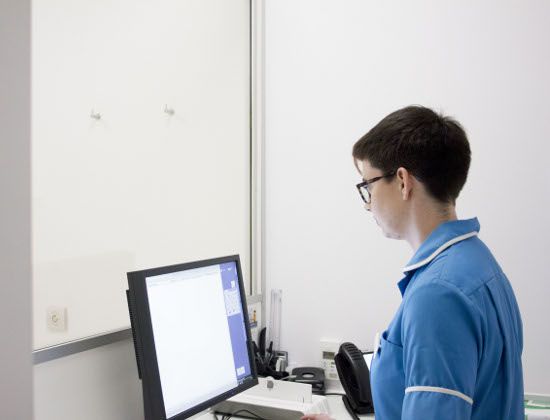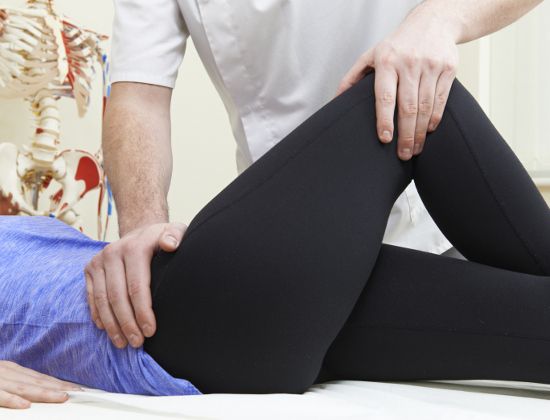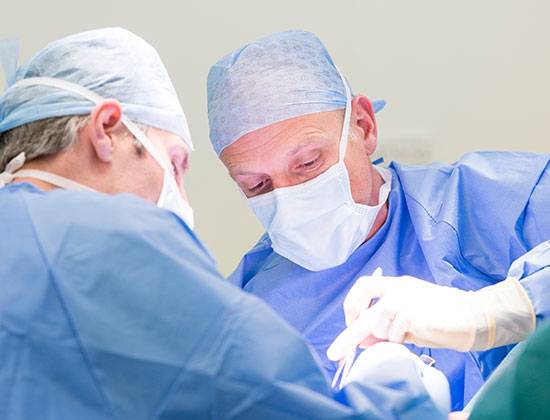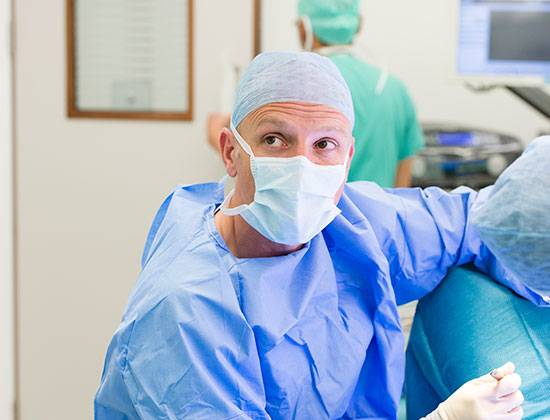Adductor injuries
What is it?
An adductor injury involves the muscles on the inside of the thigh that pull the legs together. Injuries happen when the adductor muscles are stretched too far, usually where the muscle joins the tendon; and once injured, they are more vulnerable to future injuries.
Causes
Adductor injuries are more common if you play football or rugby, particularly if the muscles are tight, weak or tired, which makes them more likely to be strained. It’s important to warm up properly before exercise and cool down afterwards in order to avoid this type of injury. If adductor injuries aren’t treated, they can become chronic (long term) which can impact on your athletic performance.
Symptoms
These include sudden and severe pain on the inside of the thigh and, in some cases, bruising and tenderness in the area.
Diagnosis
After discussing your injury and symptoms, a diagnosis will usually be backed up by X-rays and an MRI scan to discover the extent of the damage.
Treatment
Non-operative treatment: most adductor injuries are treated non-operatively with rest, ice (crushed and wrapped in a towel and applied several times a day), compression and elevation to minimise any swelling. Your doctor may also recommend anti-inflammatory medication and a programme of rehabilitation including exercises to build strength and mobility. It’s important that the muscle has recovered fully and there is no pain before you return to your sports activities. Usually, you will be able to return to sports after three to six weeks. If you have torn the adductor muscle between the tendon and bone, which is less common, recovery can take much longer ─ between 10 and 14 weeks. Chronic (long term) injuries are more difficult to treat and your specialist may suggest that you have a ‘pubic cleft injection’, an injection to the base of the tendon. Your specialist will use an MRI scan to predict the likely success of this procedure, although for recreational athletes it has been shown to have positive results in over 75 per cent of cases.
Surgery: where the injury has involved a tear between the tendon and bone, or where non-operative treatments have not helped your symptoms, you may need surgery to reattach the tendon to the bone, followed by a rehabilitation programme to avoid further injuries. Alternatively, surgery can involve lengthening the adductor tendon, a procedure which allows over 95 per cent of professional athletes to return to their previous level of sports at around six weeks.
Important: This information is only a guideline to help you understand your treatment and what to expect. Every person is different and your rehabilitation may be quicker or slower than other people’s. Please contact us for advice if you are worried about any aspect of your health or recovery.



.png)



